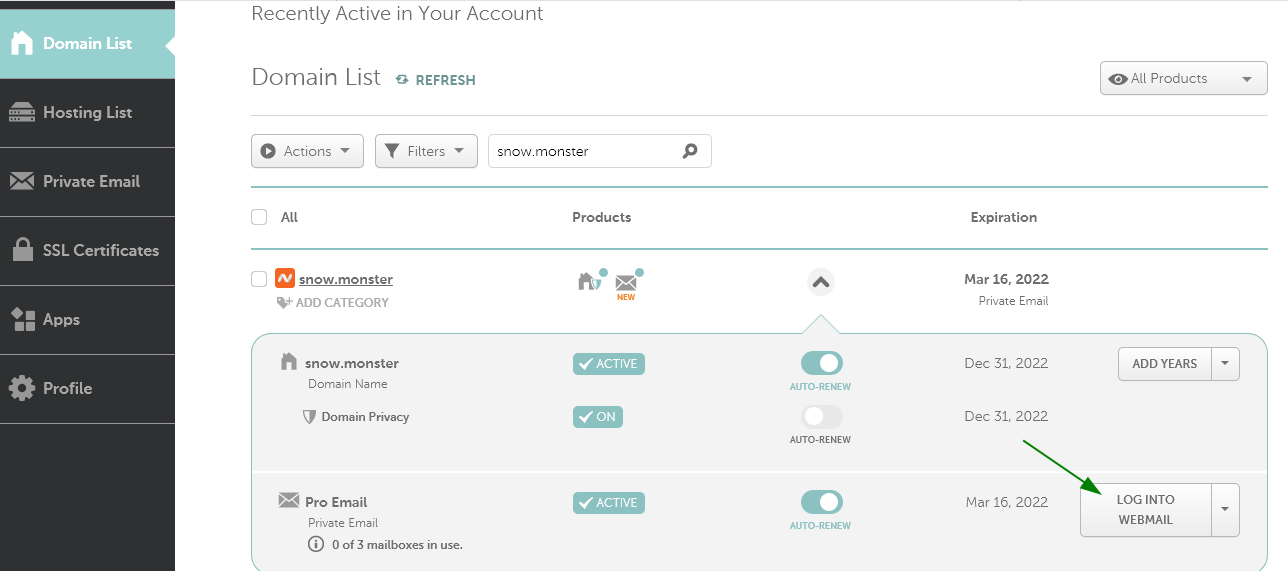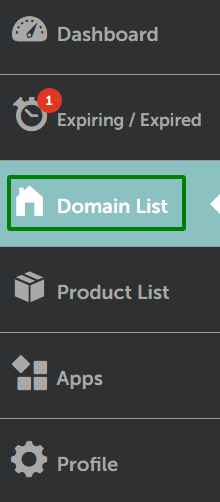
Namecheap cpanel login install#
Then, click the Add button to add the requirements for installation.Īfter doing this, notice that the Run Pip Install button is no longer disabled. In the first form field, enter requirements.txt. Open the Python App page again and scroll down the page to the Configuration files section. Next, replace all the content in the passenger_wsgi.py with the code below and save the file. You should see a starter WSGI config like in the image below. Open and edit the passenger_wsgi.py file that is automatically generated by the cPanel. Next, zip your local project, upload it to the cPanel file manager, then unzip it on the server. It is a tool that allows for the management of files on our server. Navigate to the FILES section in cPanel and select File Manager.

Step 3: Upload the Flask Application to cPanel Provide a name for your application in the Application root form field, and select the domain/subdomain you want the app hosted on in the Application URL section. You will see a screen similar to the one above, select a Python version (preferably the latest). Next, click the CREATE APPLICATION button on the right side of the screen. Navigate to the SOFTWARE section and select Setup Python App. This section assumes we have created a Namecheap account and purchased a domain along with hosting.ĬPanel has tools for operations like SSL management, Databases, File management, Emails, Site metrics, Domain management, etc. Its structure should resemble the image below. Next, generate a requirements.txt file for the project. When you run it, you should get a result similar to the images below.

Save the code above in a file named app.py like every other Flask application. Enter fullscreen mode Exit fullscreen mode


 0 kommentar(er)
0 kommentar(er)
